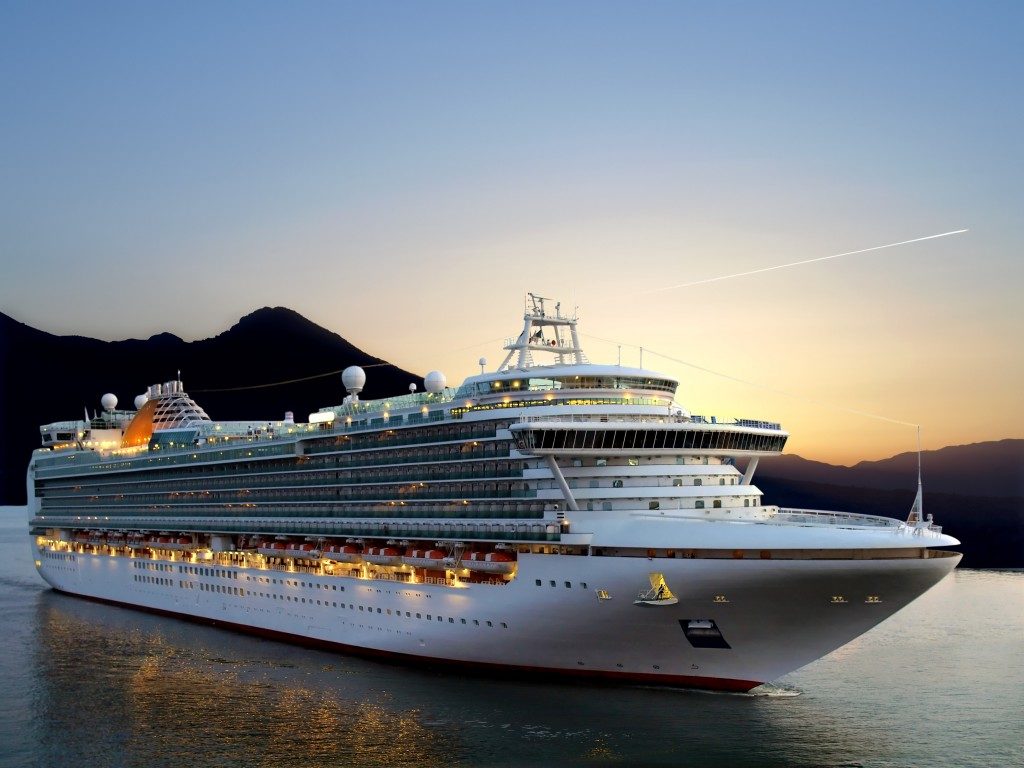Operating cruise ships is a huge endeavor. Companies planning cruises need to ensure that they have a full suite of insurance against trip interruptions, baggage loss, trip delays, and passenger injuries. They should also have insurance for hull and machinery damage.
Onboard entertainment, internal and external personnel, amenities, and activities, being a ship’s bread and butter, are as important as the essentials above. But how exactly did these concerns come about? How did modern cruise ships become what they are today? Read on to find out.
How Did it All Start?
The cruise ship industry started on the back of the passenger ship business. In modern, Western terms, regular cargo hauls from the U.S. to Europe established a solid pattern for cargo and mail hauls. By the year 1844, pleasure cruises became popular among the elite members of society.
Pleasure cruise ships were separated from mail and cargo ships. “Steerage” class booking for immigrants and less affluent travelers became available as well. Located below deck, passengers there were required to supply their own food, water, and bedding.
The Prinzessin Victoria Luise is credited as the first cruise-specific ship. It was designed by the American-Hamburg Company in the 1900s. However, British shipping company White Star Lanes built the first ocean liner fleet in 1849 and revolutionized transatlantic passage until the turn of the century.
Troop Cruisers
World War I and World War II converted cruise ships and many other vessels into troop transport carriers. After the first war, transatlantic passenger ships entered their most glamorous period. Multiple German superliners were awarded to big allied countries as part of reparations. The end of the second war temporarily shuttered all transatlantic travel. However, European liners made a lot of cash shuttling refugees and business travelers to and from North America.
The 1960s saw the reinvention of transatlantic travel from regular transportation supplanted by airlines in 1958 to the cruise ship as we know them now. Trips concentrated on tropical locations, such as the Caribbean and the fun activities that travelers can participate in on the ship.
How Do Cruise Ships Stay Afloat?
From the Prinzessin Victoria Luise to Queen Elizabeth, cruise liners have been built with precise buoyancy. Displacement and buoyancy help ships bear its burden or the accumulated weight of all the people aboard, luggage, and other equipment. Displacement hulls push water out of the way and double hulls act as extra insurance against underwater damage.
Cruise Reinventions
 Significant changes have been made to the cruising experience in the last 40 years. One of the biggest changes is the number of dining options aboard any given cruise ships. Buffets were a staple in the past decades and classier meals were offered. Both options are still on the table today, but healthier options have been made available in addition to specialty cuisine.
Significant changes have been made to the cruising experience in the last 40 years. One of the biggest changes is the number of dining options aboard any given cruise ships. Buffets were a staple in the past decades and classier meals were offered. Both options are still on the table today, but healthier options have been made available in addition to specialty cuisine.
Cruise activities have been greatly diversified as well. Extreme sports and water slide parks now complement spa treatments on some cruise lines. Hot tubs and Olympic-sized swimming pools exist alongside wave pools. Multi-level shopping malls with exclusive shops await people after they’re done with their enrichment classes.
Tempted to book a cruise? Make sure the cruise line you’re signing up to has insurance. From their passengers and baggage to their hull and machinery, insurance must cover every need of a cruise ship and its passengers. Match the type of cruise ship to your interests as well. With the right experience, a whole new adventure awaits you on the high seas.


